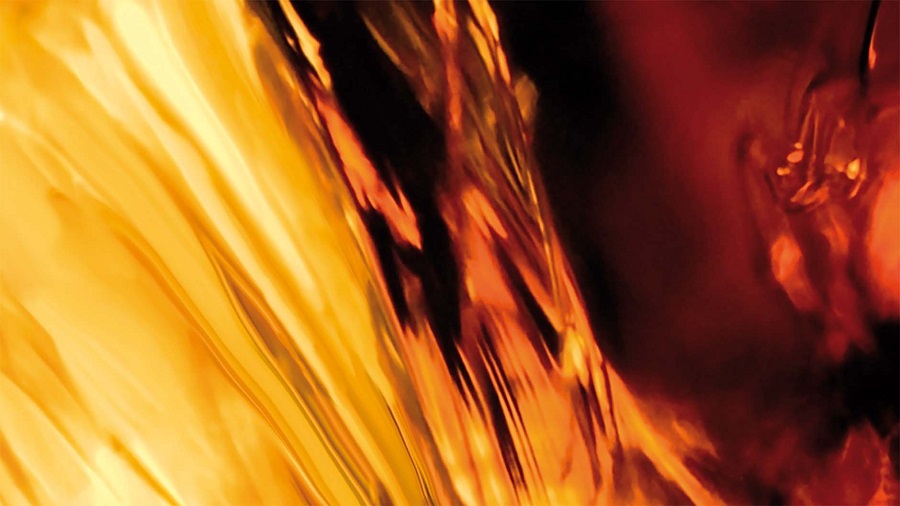In our last post, we explained the difference between liters and liters of pure alcohol and how to calculate the price in each unit, a quite simple matter, as our readers have seen. At present article, we bring a slightly more complex issue that can be a greater headache: the conversion between prices in Liters of Absolute Alcohol and Proof Gallons.
The alcoholic graduation refers to the volume of alcohol in a volume of product equivalent to 100, measured at 20 ° C, for example 40 ° or alc. 40% vol (volume of alcohol) means that there are 400 ml of ethanol in a liter. In Latin America, this measure is expressed as ºGL, but, beyond the denomination, both measures are identical.
Meanwhile, the Anglo-Saxon culture measures the volume of alcohol per proof. Our readers from the United States or those accustomed to work in this country, will probably be familiar with this unit. The conversion between alcoholic grade and proof is quite simple: proof equates to double of alcoholic grade, since the volume of alcohol per proof is measured from 0 to 200 instead of being measured from 0 to 100; So, 80 proof equals 40% vol. Nevertheless, In the United Kingdom, they use a somewhat more complex system since they measure the volume of alcohol from 0 to 175 (our 40% vol would be 70 UK proof) fortunately, this quota is practically replaced by the European one, reason why it is not worth devoting more Attention.
If you are familiar with the US market for spirits and alcoholic beverages, another unit you will probably be familiar with are gallons, which are used instead of liters. 1 Gallon equals to 0,264172 liters. This conversion is also simple (google does it for us). So far everything is quite simple, the difficulty usually appears when we have a price in Liters of Absolute Alcohol and we want to know how much would be in Proof Gallons or vice versa.
Therefore, taking a 5 EUR / LAA price as example; First, we will convert the price to price per liter (5×40 / 100 = 2). Then, we will multiply by 0,264172 to obtain the price for Gallon which is 0,528344 EUR. We multiply this price by proff 80 and we get 42,26752, which divided between 100 gives us a price of 3.028328 EUR per volume Absolute Alcohol, and, as proof is double, we multiply by 2 and get a Proof Gallon price of 0,4226752 EUR. Now we just need to convert into dollars.
If we want to do the operation upside down, we only have to “undo” the steps. For example, if we have a price of USD 6 Proof Gallons, being proof 80, we divide it between 80 and we get 0.075 that multiplied by 100 gives us a price of 7.5 USD for Gallon, we multiply this price for 3.78541 which is 28,39 USD per liter and therefore, 70,975 USD per liter of absolute alcohol (28,39 / 40×100 = 70,975). If we want to know the price in euros, once again, we only have to convert.
Additional info: Wine Gallons And Proof Gallons
The standard, legal wine gallon contains 231 cubic inches. All casks and containers are ganged in wine gallons’ by United States customs and internal revenue officers. The number of “proof gallons” represented by a given number of wine gallons of spirits varies directly with the amount of alcohol in the spirit. When the hydrometer, testing at 60° F., shows 100°, the spirit is said to be “proof”. At this point a wine gallon represents a “proof gallon”. If, however, the spirit is stronger, a wine gallon represents more than a “proof gallon;” that is, a wine gallon, if diluted with water until the hydrometer showed 100° at 60° F,, would have been increased in volume to more than a wine gallon. A spirit testing 130 contains 30 per cent, more alcohol than proof spirit; hence one gallon would produce 1.30 gallons of proof spirit if diluted.
In the like manner a spirit testing below, or “under proof,” contains less “proof gallons” than it measures in wine gallons. Example: Spirit testing 80° is “20 under proof”. Each wine gallon represents 80 per cent. (0.80) ” proof gallon”. From these principles is deduced the following rule for converting wine gallons to *’ proof gallons:”
Multiply the number of wine gallons by the proof indicated by the hydrometer, and point off two decimal places; the result indicates the number of “proof gallons”.

